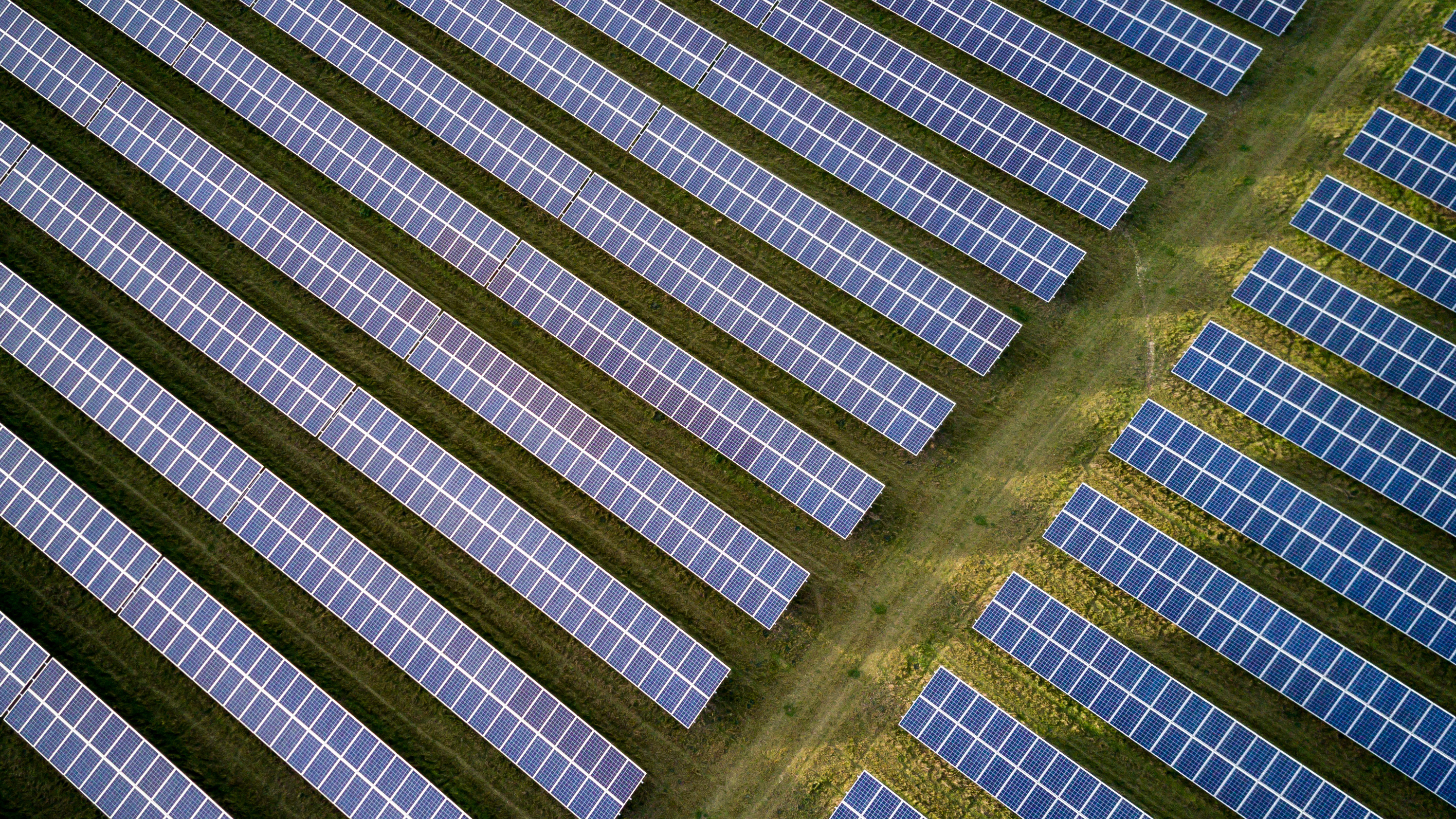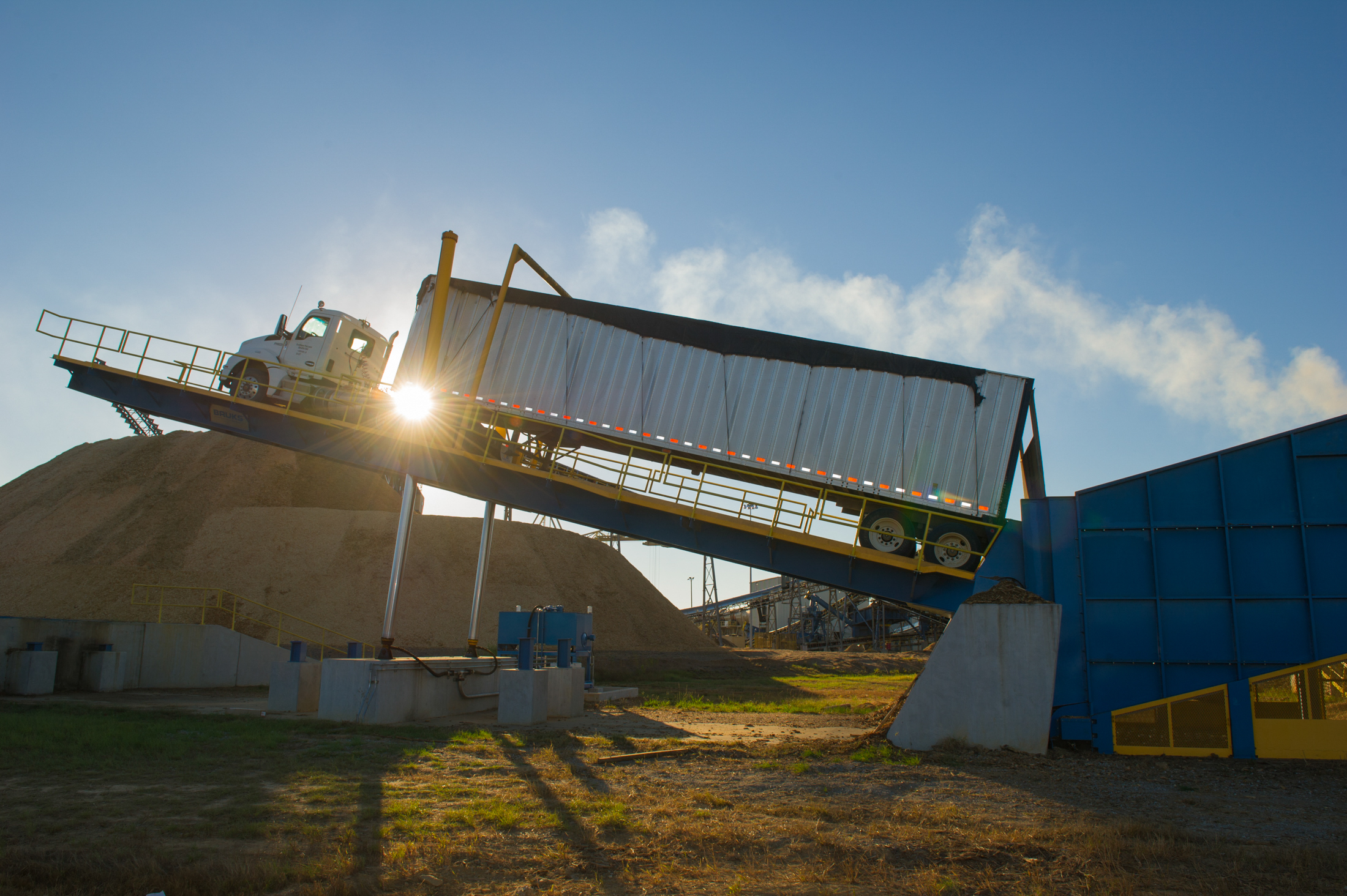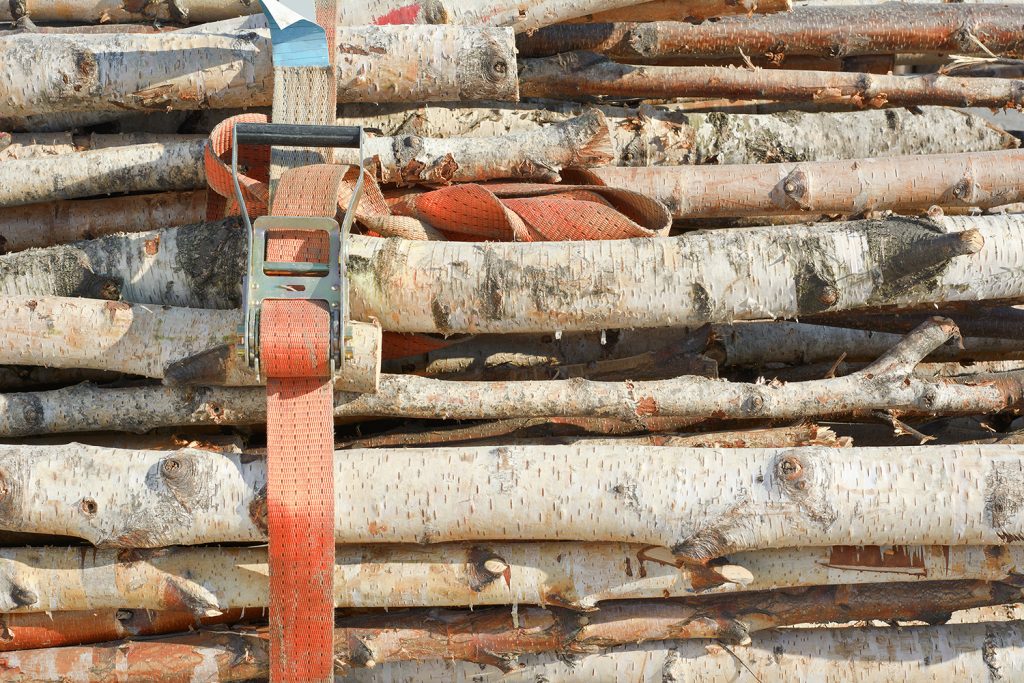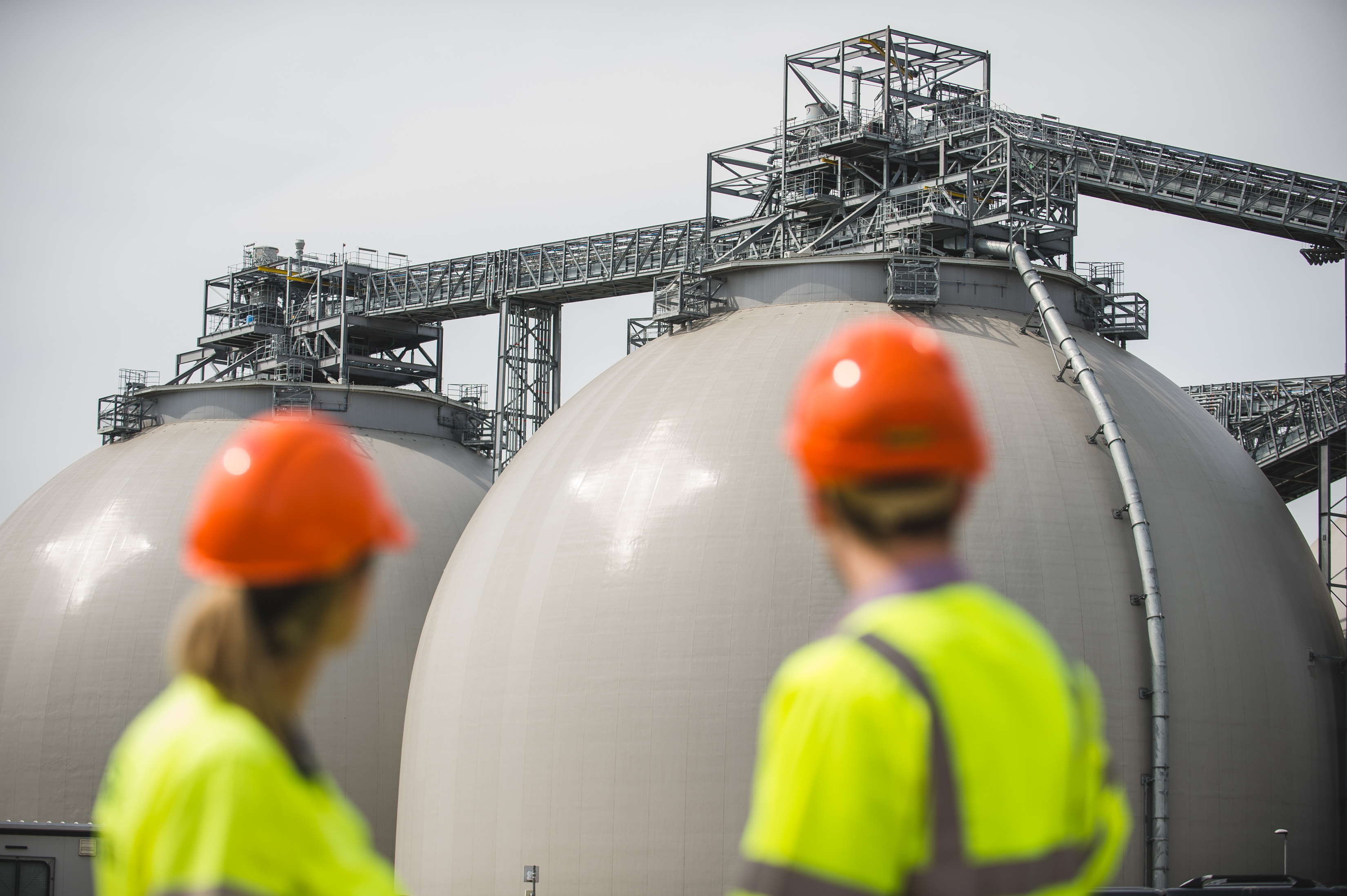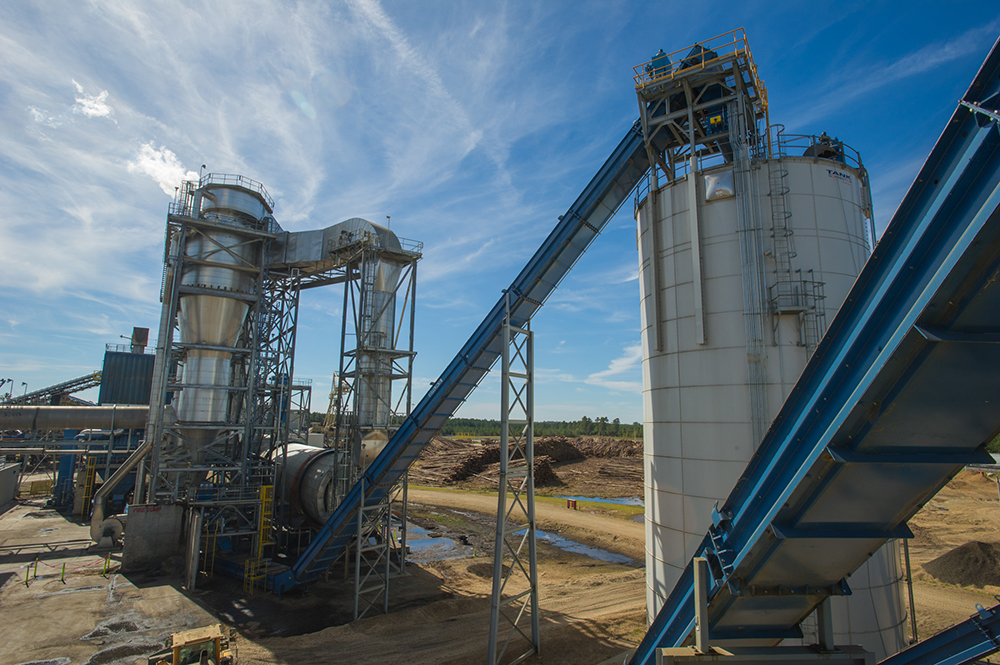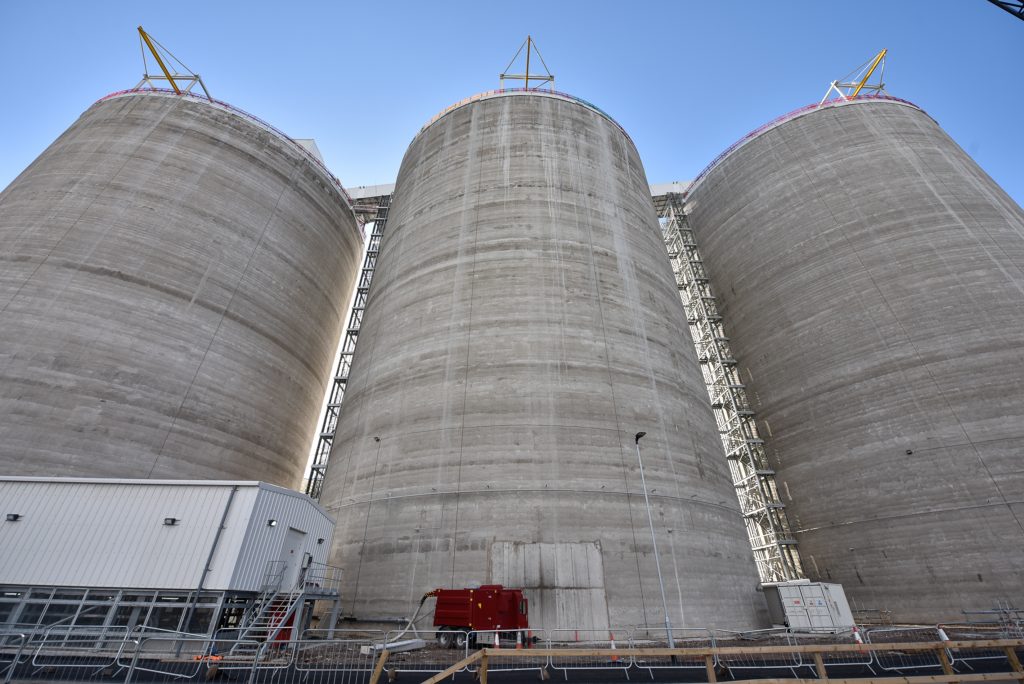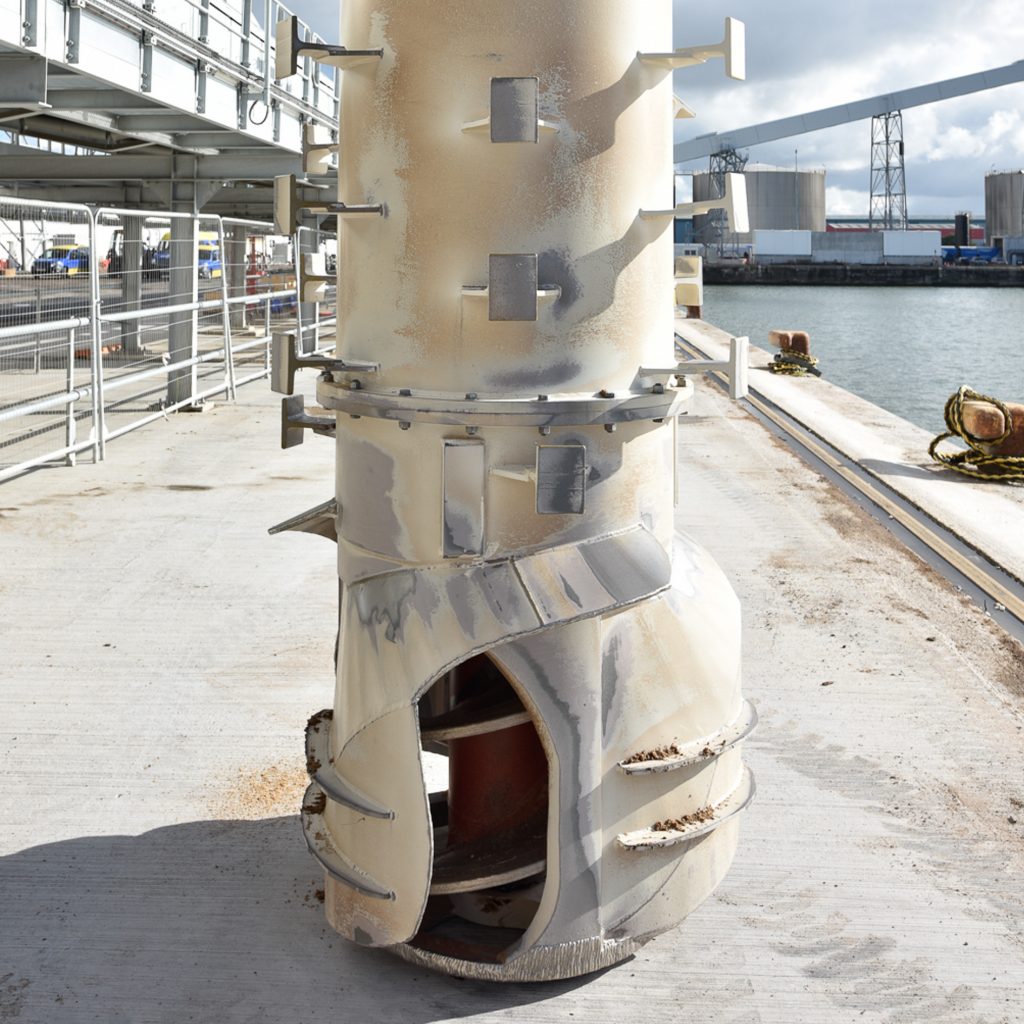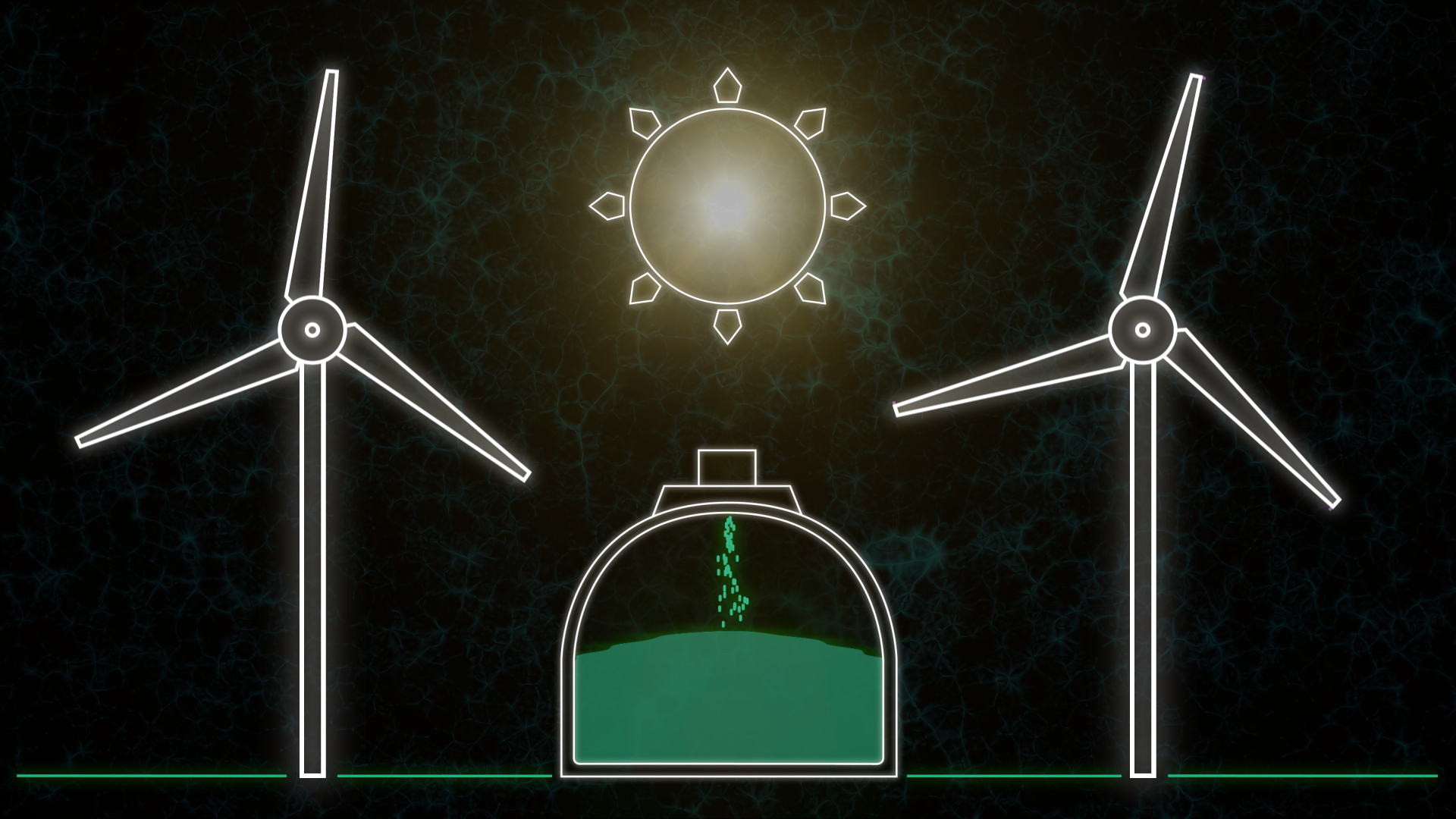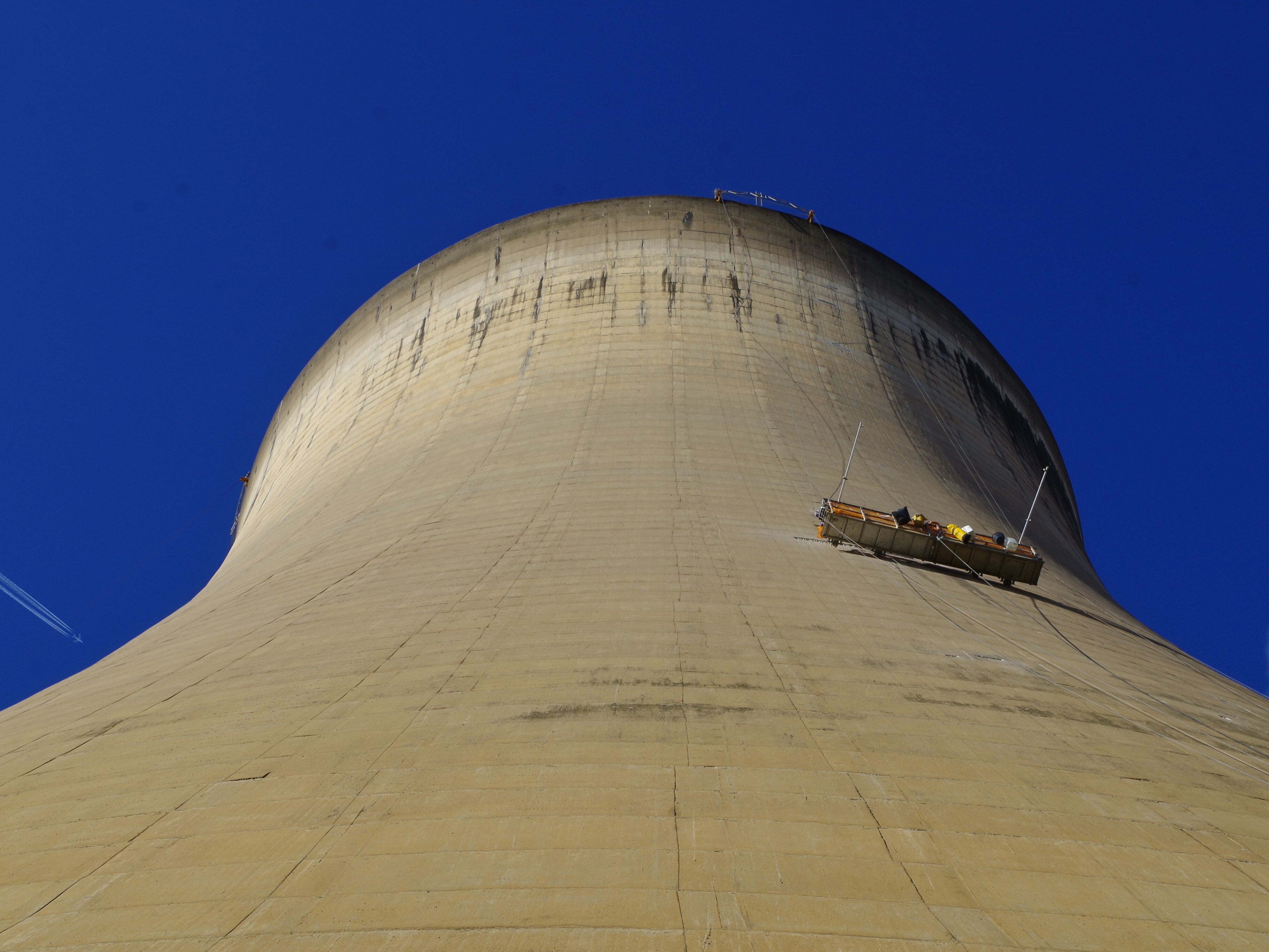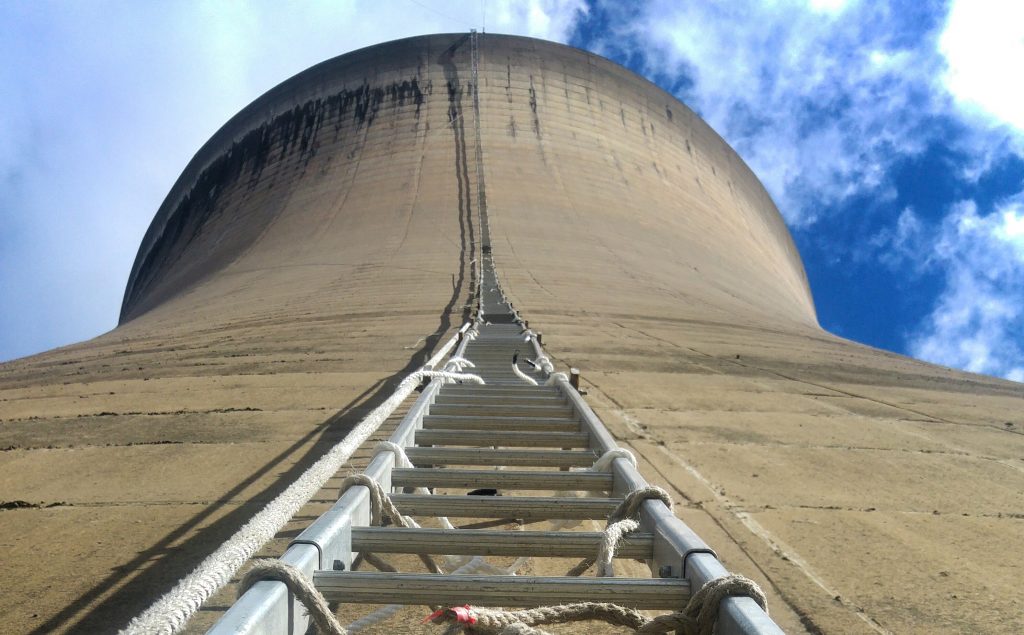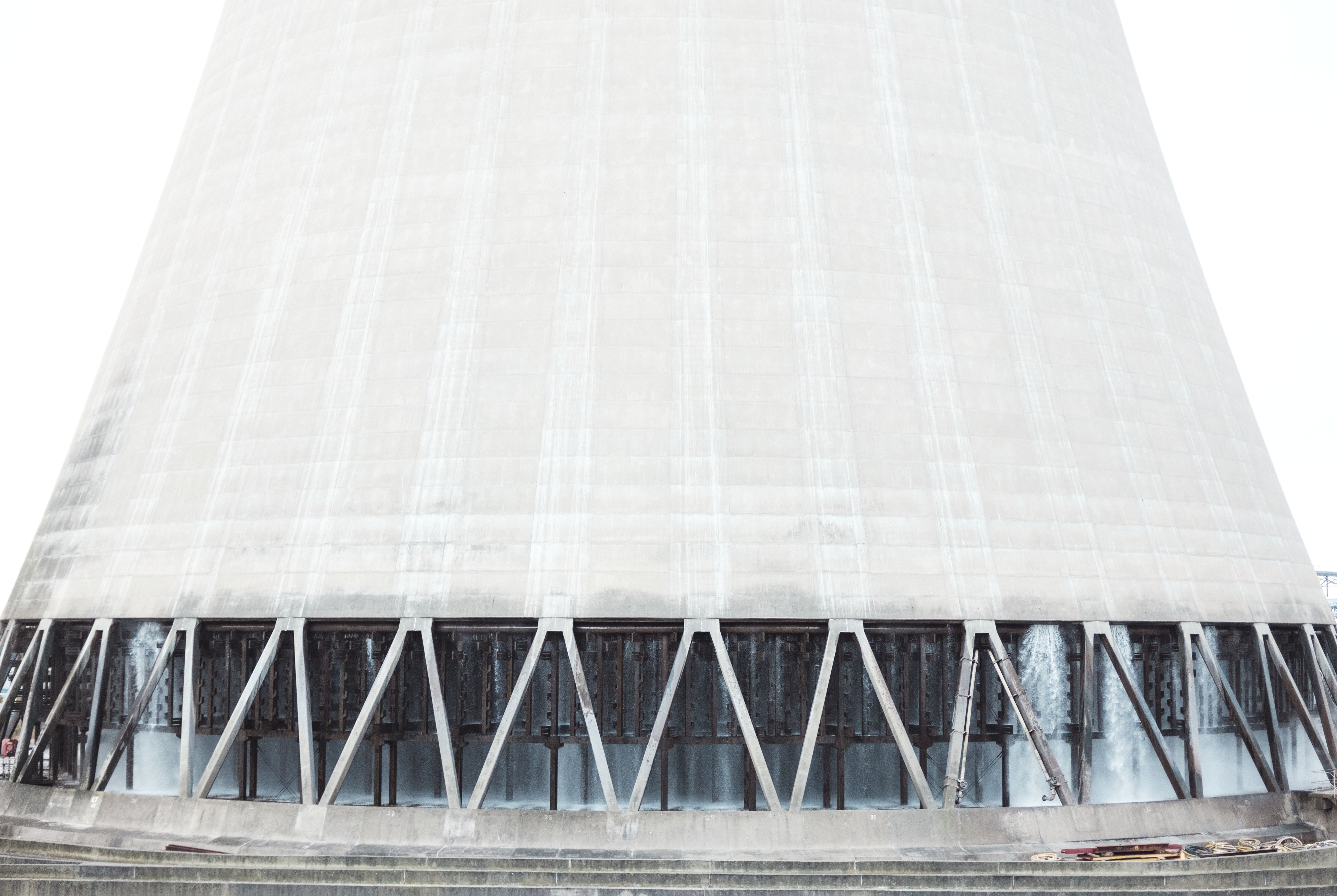
Cooling towers aren’t beautiful buildings in the traditional sense, but it’s undeniable they are icons of 20th century architecture. They’re a ubiquitous part of our landscape – each one a reminder of our industrial heritage.
Yet despite the familiarity we have with them, knowledge about what a cooling tower actually does remains limited. A common misconception is that they release pollution. In fact, what they actually release is water vapour – similar to, but nowhere near as hot, as the steam coming out of your kettle every morning. And this probably isn’t the only thing you never knew about cooling towers.
What does a cooling tower do?
As the name suggests, a cooling tower’s primary function is to lower temperatures – specifically of water, or ‘cooling water’ as it’s known at Drax.
Power stations utilise a substantial amount of water in the generation of electricity. At a thermal power plant, such as Drax, fuel is used to heat demineralised water to turn it to high pressure steam. This steam is used to spin turbines and generate electricity before being cooled by the cooling water, which flows through two condensers on either side of each of the steam turbines, and then returning to the boiler. It is this process that the cooling towers support – and it plays a pivotal role in the efficiency of electricity generation at Drax’s North Yorkshire site.
To optimise water utilisation, some power stations cycle it. To do this, they have cooling towers, of which at Drax there are 12. These large towers recover the warmed water, which then continues to be circulated where chemistry is permitting.
The warmed water (about 40°C) is pumped into the tower and sprayed out of a set of sprinklers onto a large volume of plastic packing, where it is cooled by the air naturally drawn through the tower. The plastic packing provides a large surface area to help cool the water, which then falls in to the large flat area at the bottom of the massive structure called the cooling tower pond.
As the water cools down, some of it (approximately 2%) escapes the top of the tower as water vapour. This water vapour, which is commonly mistakenly referred to as steam, may be the most visible part of the process but it’s only a by-product of the cooling process.
The majority of the water utilised by Drax Power Station is returned back to the environment, either as vapour from the top of the towers or safely discharged back to the River Ouse. Each year, about half of the water removed from the river is returned there. In effect, it is a huge amount of water recycling and in environmental terms, it is not a consumptive process.
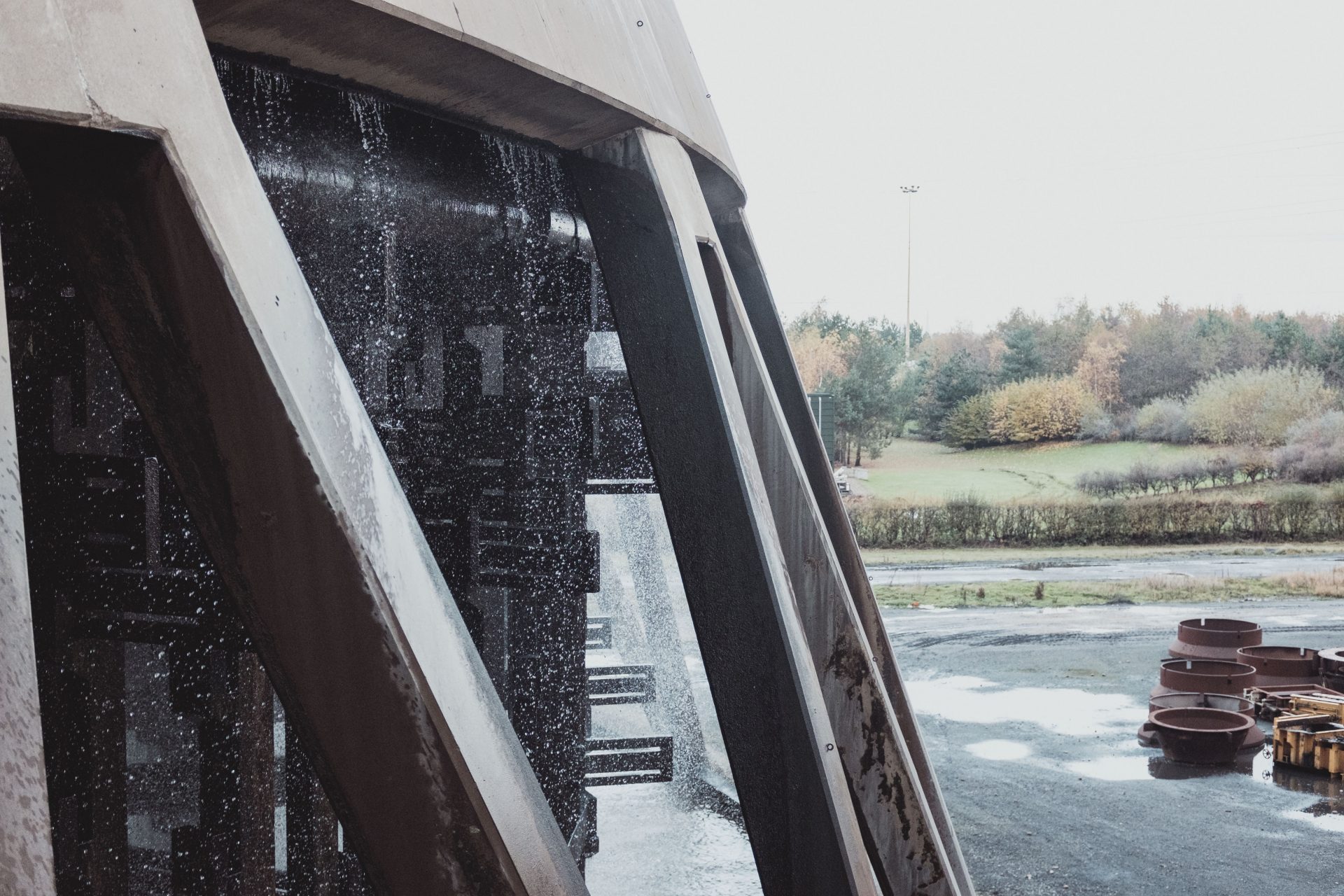
How do you build a cooling tower?
The history of cooling towers as we know them today dates back to the beginning of the 20th century, when two Dutch engineers were the first to build a tower using a ‘hyperboloid’ shape. Very wide on the bottom, curved in the centre and flared at the top, the structure meant fewer materials were required to construct each tower, it was naturally more robust, and it helped draw in air and aid its flow upwards. It quickly became the de facto design for towers across the world.
The Dutch engineers’ tower measured 34 metres, which at the time was a substantial achievement, but as engineering and construction abilities progressed, so too did the size of cooling towers.
Today, each of 12 towers measures 115 metres tall – big enough to fit the dome of St Paul’s Cathedral or the whole of the Statue of Liberty, with room to spare. If scaled down to the size of an egg, the concrete of each cooling tower would be the same thinness as egg shell.
The structures at Drax are dwarfed by the cooling towers at the Kalisindh power plant in Rajasthan, India, the tallest in the world. Each stands an impressive 202 metres tall – twice the height of the tower housing Big Ben and just a touch taller than the UK’s joint fifth tallest skyscraper, the HSBC Tower at 8 Canada Square in London’s Canary Wharf.
The industrial icon of the future
Today’s energy mix is not what is used to be. The increased use of renewables means we’re no longer as reliant on fossil fuels, and this has an effect on cooling towers. Already a large proportion of the UK’s most prominent towers have been demolished, going the same way as the coal they were once in service to. But this doesn’t mean cooling towers will disappear completely.
Power stations such as Drax, which has upgraded four of its boilers to super-heat water with sustainably-sourced compressed wood pellets instead of coal, the dwindling coal fleet, and some gas facilities still rely on cooling towers. As they continue to be part of our energy mix, the cooling tower will remain an icon of electricity generation for the time being. But it’ll be a mantle it shares with biomass domes, gigantic offshore wind turbines and field-upon-field of solar panels – the icons of today’s diverse energy mix.
View our water cooling towers close up. Drax Power Station is open for individual and group visits. See the Visit Us section for further information.








